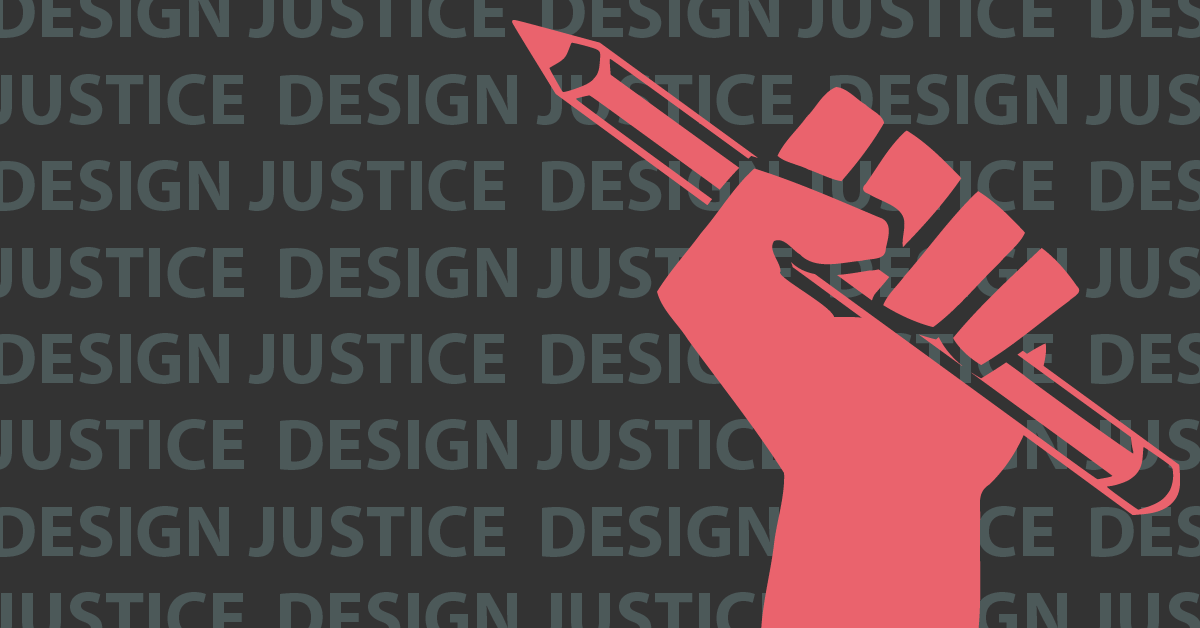Does the AIA Code of Ethics apply to the Design Justice Movement?

The Black Lives Matter protests over the past week have caught the attention of white America. For those of us who have always tried to be an ally, this week has brought a renewed focus on examining our privileges and realizing our own inaction. Others may just be starting to recognize their white privilege and fragility. Architecture is largely a white profession that has struggled with removing barriers that stand in the way of people of color joining the industry. As we reflect on ways to do better, how might our current AIA Code of Ethics apply to effecting change? How might we want to improve on the AIA Code of Ethics with Design Justice in mind? I would like those who read this to think about these questions themselves.
What is Design Justice?
For nearly every injustice in the world, there is an architecture that has been planned and designed to perpetuate it. That’s a key principle of the Design Justice movement, upon which I base my practice. Design Justice seeks to dismantle the privilege and power structures that use architecture as a tool of oppression and sees it as an opportunity to envision radically just spaces centered on the liberation of disinherited communities.
Bryan Lee Jr.
Architect and Design Justice Advocate
Citylab.com “America’s Cities Were Designed to Oppress”
Please take some time to go to the link above and read Bryan’s whole article to gain a better understanding of his perspective as a Black Architect. Understanding how to achieve Design Justice requires a depth of understanding systemic racism and white privileged that I’m still currently unpacking. I think, for now, it is better for white architects and other white professionals to listen and learn. Over the coming weeks we need to gain an understanding from this listening and take steps in our lives, work, and profession to make the inclusiveness of Design Justice a reality.
Which parts of the AIA Code of Ethics could apply to Design Justice?
Canon 1: ES 1.3
Natural and Cultural Heritage: Members should respect and help conserve their natural and cultural heritage white striving to improve the environment and the quality of life within it.
AIA Code of Ethics and Professional Conduct
Canon 1: ES 1.3 Natural and Cultural Heritage
Canon 1: Rule 1.401
Members shall not engage in harassment or discrimination in their professional activities on the basis of race, religion, national origin, age, disability, caregiver status, gender, gender identity, or sexual orientation
AIA Code of Ethics and Professional Conduct
Canon 1: Rule 1.401
Canon 1: E.S. 1.5
Design for Human Dignity and the Health, Safety, and Welfare of the Public: Members should employ their professional knowledge and skill to design buildings and spaces that will enhance and facilitate human dignity and the health, safety, and welfare of the individual and the public.
AIA Code of Ethics and Professional Conduct
Canon 1: E.S 1.5
Canon 5: Rule 5.101
Members shall treat their colleagues and employees with mutual respect, and provide an equitable working environment.
AIA Code of Ethics and Professional Conduct
Canon 5: Rule 5.101
How do you think the AIA Code of Ethics could be improved to better address Design Justice?
The first thing that I noticed is that while treatment of the environment is directly mentioned no only in it’s own full section in Canon 6 but also Canon 2 E.S 2.4 and Rule 2.41, this same level of guidance is lacking in relationship to Design Justice. Perhaps ES 1.3 could be expanded on and the wording changed to preserve the cultural heritage of impacted communities. ES 1.5 is wonderful, but we need education for the profession for it make people think of Design Justice related issues. We need to understand which traditional design approaches, especially related to city planning, are negatively affecting minorities. We also need to understand how to do better as we innovate alternative solutions.
What are your thoughts? Please leave a comment below or on Instagram @WHFdesigns.
Source Information:
- Fist with Pencil in Feature Image: Modified version of Image by OpenClipart-Vectors from Pixabay
- AIA Code of Ethics and Professional Conduct: http://content.aia.org/sites/default/files/2020-05/2020_Code_of_Ethics.pdf
- America’s Cities Were Designed to Oppress: https://www.citylab.com/perspective/2020/06/george-floyd-protest-urban-design-history-racism-architecture/612622/